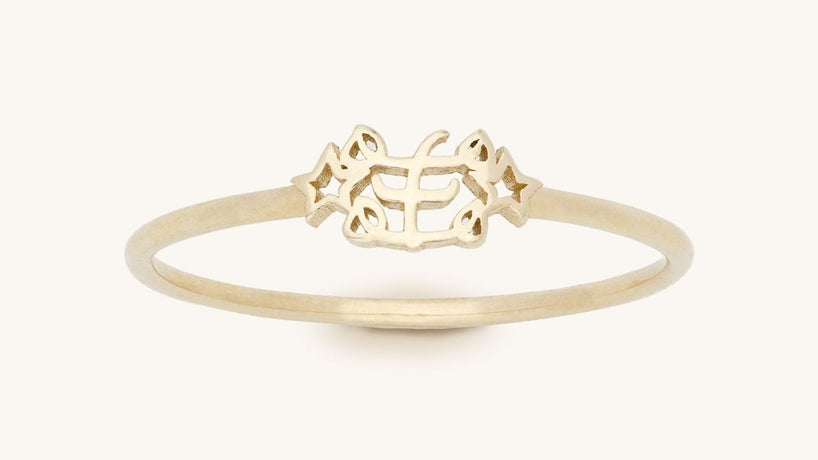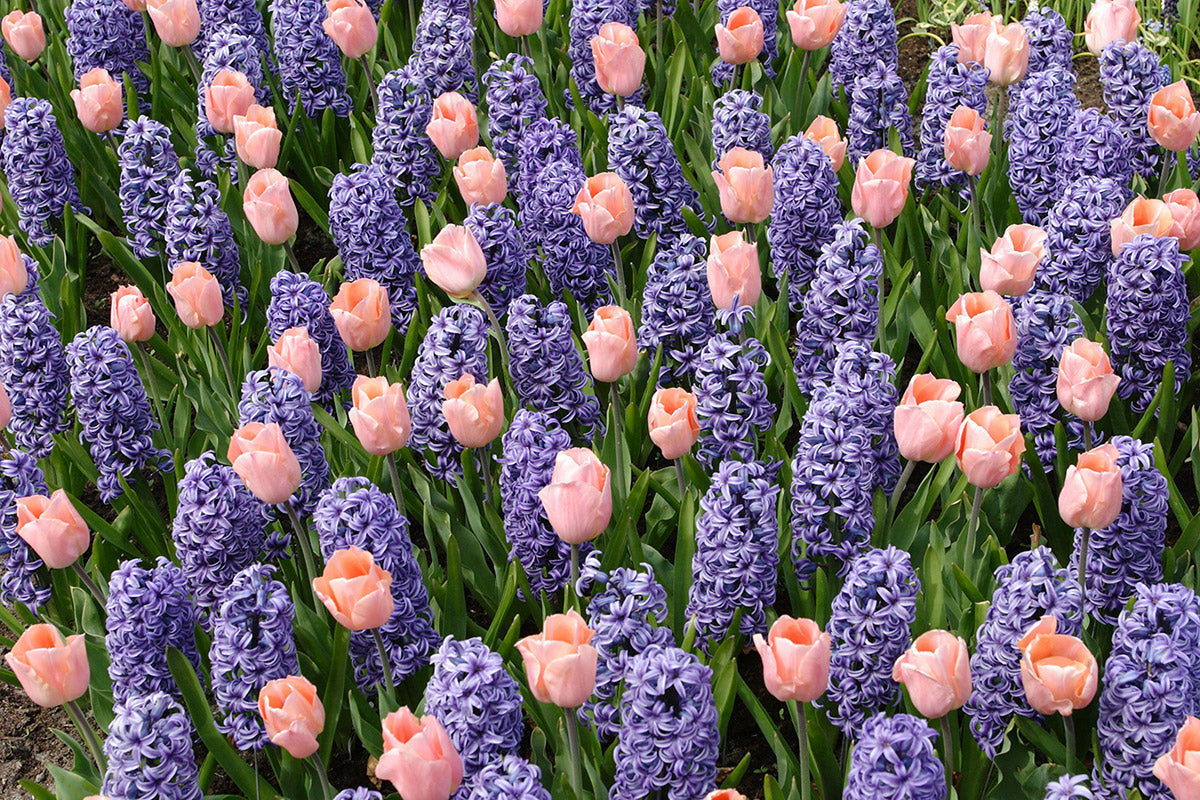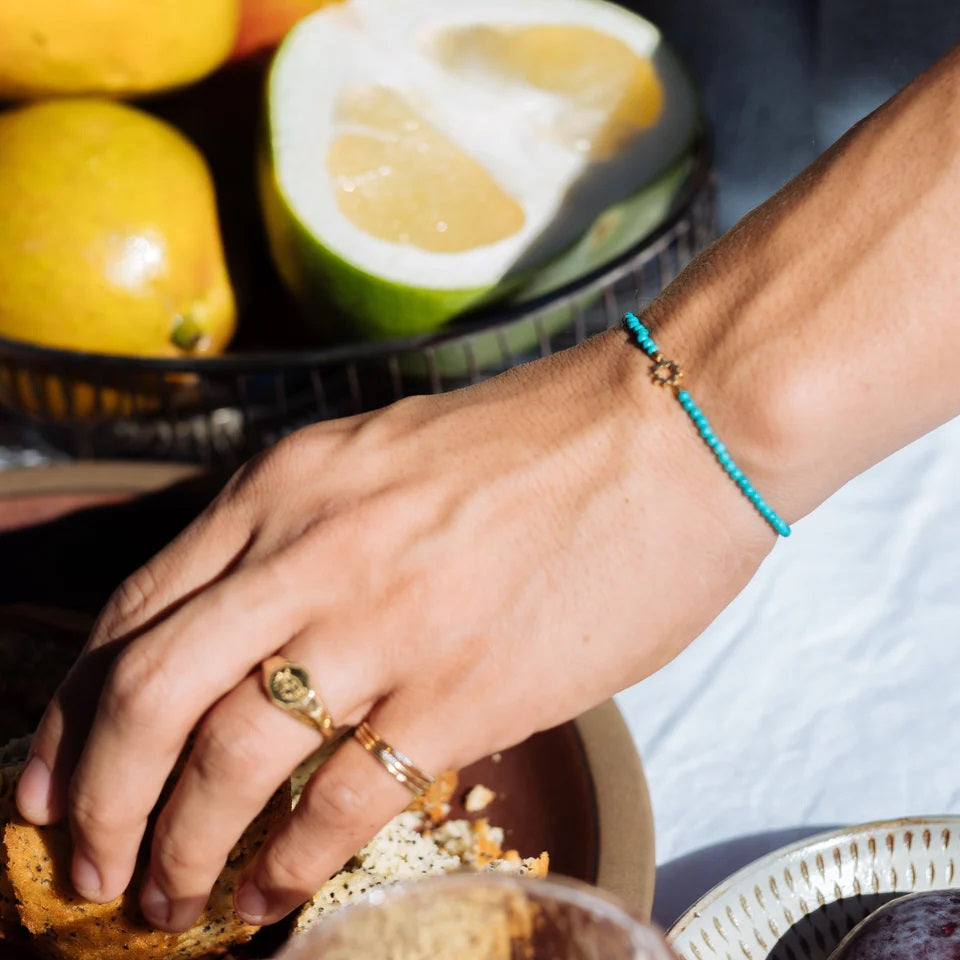
The Baha’i Ringstone Symbol: Its Meaning and Significance.


The Baha’i Ringstone Symbol is a powerful design that carries a very special spiritual significance. It was designed by Abdu’l-Baha, the Son of the Prophet Founder of the Baha’i Faith. Here we take a deep dive into the Ringstone Symbol’s parts and their relationships.
The symbol is made of several parts, the first of which are three horizontal lines that curve upwards on each end. The top line represents the world of God, the middle line the Manifestations (or Prophets) of God, and the bottom line represents all of humanity. The vertical line that connects them is a larger form of the middle line, which again represents the Manifestations of God. This is meant to signify that the world of God and the world of God’s creation, humanity, are joined together by His Manifestations, Who help guide humanity from time to time to know and love God.
As the top and bottom horizontal lines curve upwards on each end, they form an intricate design that represents the Arabic letter, “ha”. The middle line also curves upwards on each end without the intricate designs on each end. This line represents the Arabic letter, “B”. The larger, vertical line that connects them also represents the Arabic letter, “B”.
On either side of this symbol are two five-pointed stars. They represent two Manifestations of God: The Bab and Baha’u’llah. The Bab is the forerunner who told of the coming of Baha’u’llah. Each star is made of five points that represent the human body: a head, two hands, and two feet.
At One Thousand Years Jewelry, we offer Baha’i jewelry that is locally sourced and hand-crafted 14Kt solid gold Ringstone symbol rings. We hope you enjoy our selection and if you have any questions and/or feedback, we’d love to hear from you! Info@otyjewelry.com
Explanation of the Symbol of the Greatest Name by Abu'l-Qasim Faizi published in Conqueror of Hearts. 1968 https://bahai-library.com/faizi_symbol_greatest_name



